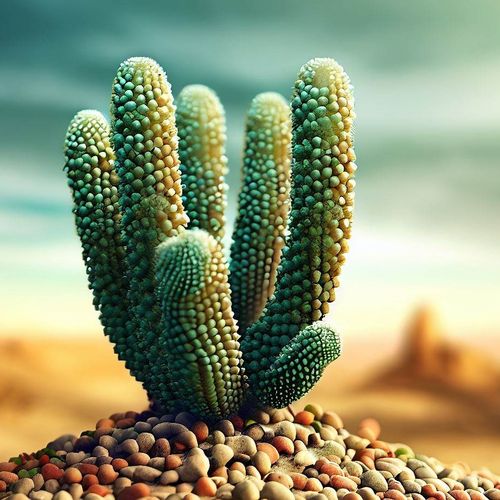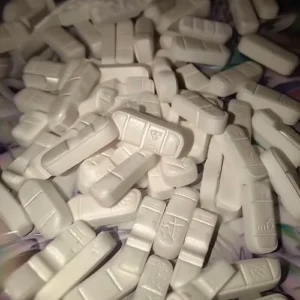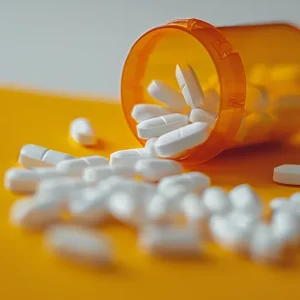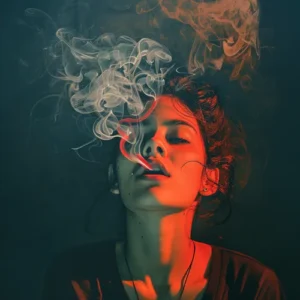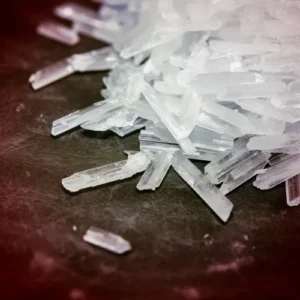The History of Mescaline
Mescaline, a naturally occurring psychedelic drug, has been used for thousands of years and is found in a variety of cactus plants in the Americas. Though mescaline has been used for its hallucinogenic effects for centuries, its use became known to a wider audience in the mid-20th century due to the writings of writers such as Aldous Huxley and the Harvard psychologist Timothy Leary.
Mescaline was first identified in 1897 by the German chemist Arthur Heffter. Heffter isolated the compound from the peyote cactus, which had been used for centuries by Native American tribes for spiritual and medicinal purposes. Heffter’s work led to the synthesis of mescaline in 1919, allowing scientists to study the effects of the drug more easily.
In the 1950s, mescaline was popularised by the Harvard psychologist Timothy Leary, who conducted experiments on the effects of psychedelics on human behaviour. Leary’s experiments had a profound effect on the counterculture of the 1960s, which embraced the drug as a way to expand consciousness and explore new ideas.
The popularity of mescaline and other psychedelics began to decline in the 1970s, due to the passage of the Controlled Substances Act, which made many psychedelics illegal. However, in recent decades, mescaline has seen a resurgence in popularity, and is now being studied in clinical trials to treat conditions such as anxiety and depression.
Today, mescaline is a popular recreational drug, but it is also gaining interest among researchers, who are exploring its potential therapeutic benefits. Mescaline’s long and fascinating history demonstrates the power of this psychedelic drug and its ability to open new pathways of exploration and understanding.
Mescaline Produces Hallucinogenic Effects Similar To LSD
Mescaline alters a user’s perception. It’s found in the seeds of the Peyote cactus along with the following: the Fabaceae bean family and Cactaceae plant family. Native Americans in Mexico use the drug for some of their religious ceremonies.
The majority of users will chew the seeds to get the hallucinogenic effects – effects that can last up to 18 hours.
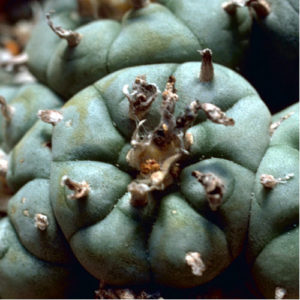
What Does The Drug Look Like? How Do People Take It?
Mescaline, which comes from the Peyote cactus’ green-button shaped seeds. They can be taken either dried or mixed with water to create a hallucinogenic drink. Some people find that drug has a quite bitter taste, which causes them to grind the seeds into a powder and place it into capsules.
What Are The Dangers Associated With Mescaline?
Again, Mescaline is a hallucinogen, similar to LSD. However, it doesn’t produce the same primary effects that LSD does, but it does generate some peripheral ones.
The key effects mescaline produces includes:
- Euphoria (feeling of happiness)
- Short-term memory loss
- Heightened senses
- Difficulty concentrating
- Hallucinations
A person may experience altered perceptions of time, space, colours and shapes.
Physically, a person will have dilated pupils, altered vision and an increase in body temperature, blood pressure and heart rate.
When a person is acutely intoxicated from mescaline, it causes many negative reactions such as panic, anxiety and loss of control over themselves or environment. They may also exhibit extremely dangerous behaviour. A person that uses mescaline regularly will experience mood disturbances, no enthusiasm and recurrent hallucinations.
User Dependence On Mescaline
Mescaline users, over time, build up a tolerance to its effects. Once they quit using it, the tolerance drops. There is no physical dependence but psychological ones.
Is Mescaline Legal?
Mescaline, in powder form, is a class A drug, meaning you cannot legally sell or give it away. Possessing it can land you in jail for seven years. If you give it to friends or family, you can be sentenced to life behind bars and a large fine.
You can legally possess dried Peyote buttons.
Driving under the influence of mescaline is illegal – and even one day after using it, you should not be driving. If found to be driving under the influence of mescaline, you could face a heavy fine, go to prison and lose your driving privileges.
Photo Credits: Zoom Testing and Wikipedia / Public Domain
Zoom Testing is a leading UK drug testing company and a supplier of Drug Test Kits.
This post was originally published in November 2017 and has been updated since.

